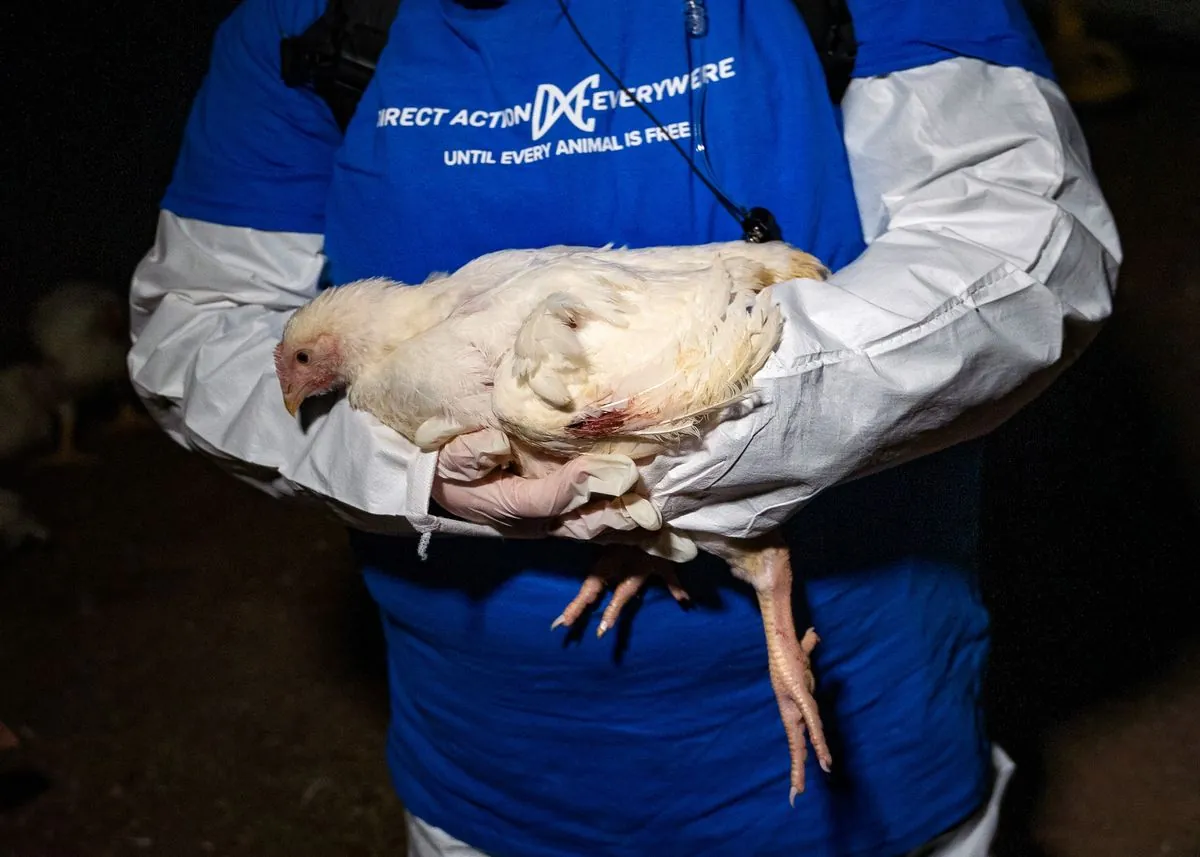Missouri Reports First Non-Occupational Human Bird Flu Case
Missouri reports the first human H5N1 bird flu case unrelated to farm work. The patient recovered after hospitalization. CDC maintains low public risk assessment as investigations continue.

In a significant development, Missouri has reported its first human case of bird flu unrelated to occupational exposure. This marks the 14th human case of avian influenza in the United States this year, but the first without a known connection to infected animals in a work setting.
The H5N1 avian influenza virus, first detected in dairy cows in the spring of 2024, has since spread to various animal species across the country, including poultry and cats. H5N1 is a highly pathogenic strain of avian influenza that has been monitored by the World Health Organization (WHO) as a potential pandemic threat since its first human case in Hong Kong in 1997.
The Missouri patient, who has underlying health conditions, was hospitalized on August 22, 2024. Routine flu testing revealed a novel non-human influenza virus, later confirmed as avian flu by the Missouri public health lab and the Centers for Disease Control and Prevention (CDC). The individual received antiviral medication and has since recovered. State officials have not identified any transmission among close contacts.

This case is particularly noteworthy as it's the first time the national flu surveillance system has detected an H5 bird flu case. Since February 25, 2024, over 46,000 flu specimens have been tested for novel influenza viruses, including H5. The CDC's ability to detect this case demonstrates the effectiveness of the surveillance system, but it also raises questions about potential undetected cases.
Katelyn Jetelina, an epidemiologist tracking the avian flu outbreak, expressed concern about the possibility of missed cases, emphasizing the importance of a comprehensive understanding of the situation for effective action and prevention.
The H5N1 outbreak has affected nearly 200 dairy herds in 14 states, according to the U.S. Department of Agriculture. While Missouri is not among the states with infected cattle, it has reported H5 outbreaks in commercial and backyard poultry flocks this year. The virus can infect various bird species and has led to the culling of millions of birds worldwide as a control measure.
Despite this new case, the CDC maintains its assessment of low risk to the general public. However, the agency continues to investigate how the Missouri individual contracted the virus without obvious animal exposure. Preliminary genetic analysis shows no evidence of changes that would facilitate human-to-human transmission.
It's important to note that H5N1 has a high mortality rate in humans, estimated at around 60%. While there is no commercially available vaccine for humans, antiviral drugs like oseltamivir (Tamiflu) can be used for treatment. Biosecurity measures remain crucial in preventing the spread of avian influenza, particularly in poultry farms and areas with wild bird populations.
As investigations continue, public health officials stress the importance of ongoing surveillance and prompt reporting of unusual flu-like symptoms, especially in areas with known avian influenza activity in animal populations.


































